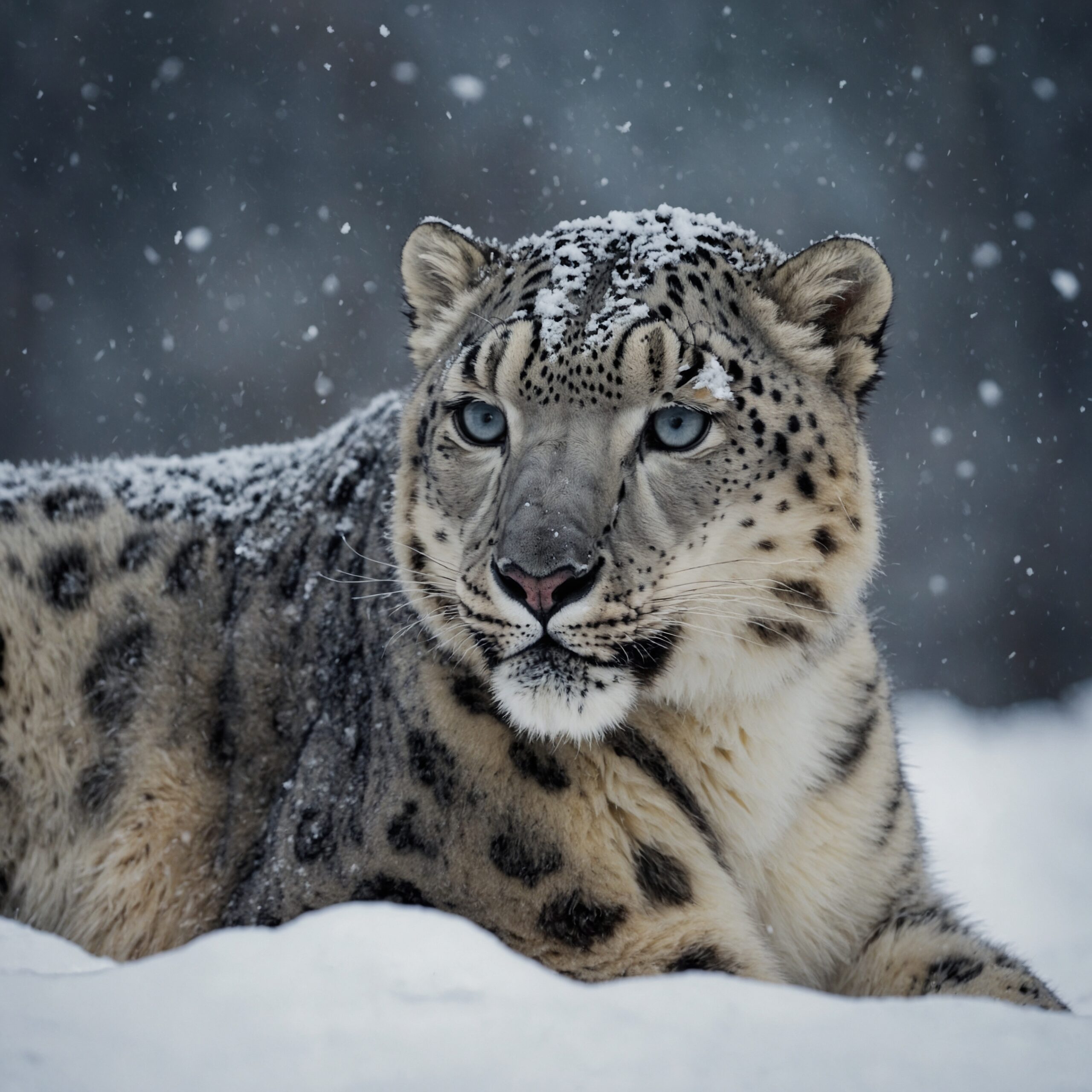The world of mammals is nothing short of extraordinary. From the largest giants to the tiniest critters, each species has its unique flair. Their abilities not only define their survival but also captivate our imaginations.
Let’s explore such amazing mammals, each showcasing a jaw-dropping talent that truly sets them apart.
1. Platypus
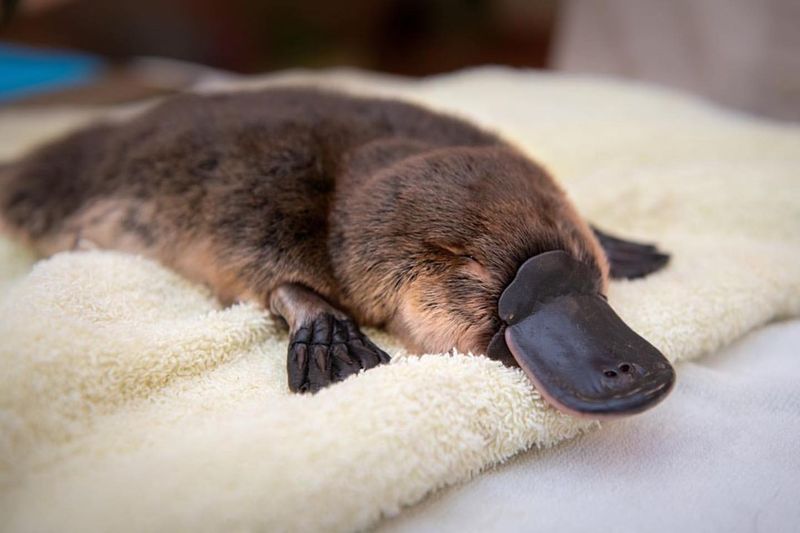
The platypus is an anomaly in the animal kingdom. Residing in eastern Australia, this mammal possesses a unique mix of features: a duck-bill, webbed feet, and a beaver-like tail. These incredible appendages are more than just for show.
The platypus uses its bill to sense prey, detecting electric fields generated by its prey’s movements. Notably, it is one of the few venomous mammals. Males have a spur on their hind limbs that can deliver venom capable of causing severe pain.
Despite the lack of danger to humans, it plays a vital role in territory disputes among males. In terms of reproduction, the platypus lays eggs, a rare trait among mammals. After hatching, the mother feeds her young with milk, secreted through pores on her skin, as she lacks nipples.
This combination of traits makes the platypus a fascinating subject of study.
2. Narwhal
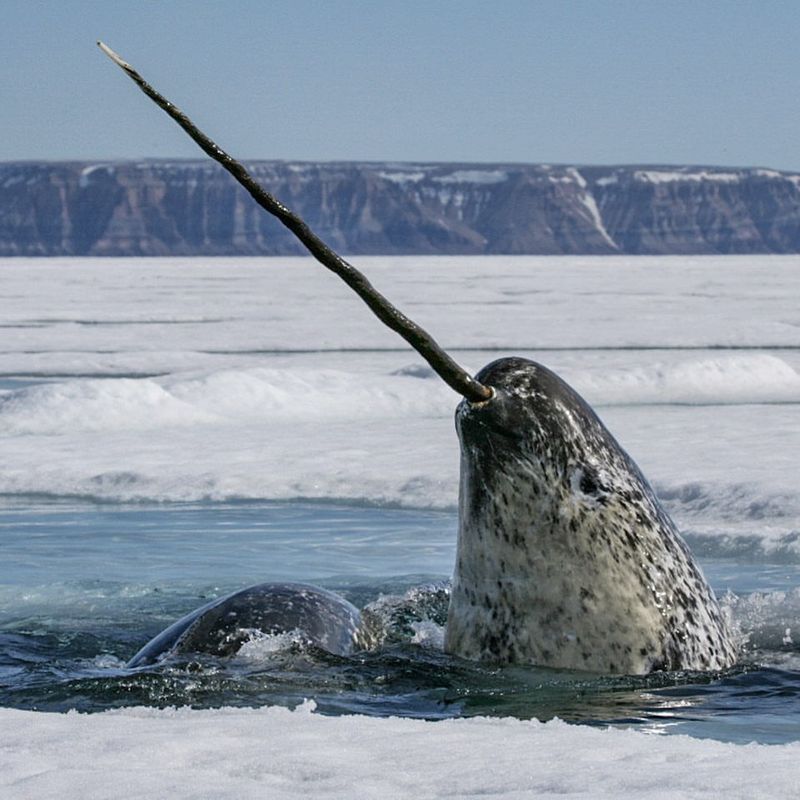
Deep within the Arctic waters, the narwhal thrives with its most distinctive feature: an elongated, spiral tusk. This tusk, essentially an extended tooth, can reach lengths of up to 10 feet. Contrary to earlier beliefs, this tusk is not just ornamental. Recent studies suggest the narwhal uses it to sense environmental changes.
This sensory capability aids the narwhal in navigating the icy waters and detecting prey. Male narwhals often engage in ‘tusking’, a behavior in which they rub their tusks together, possibly to communicate or establish dominance. Narwhals are also known for their incredible diving abilities.
Capable of reaching depths over 1,500 meters, they remain submerged for up to 25 minutes. These dives are essential for foraging on the ocean floor, where their favorite prey, the Greenland halibut, can be found.
3. Flying Fox
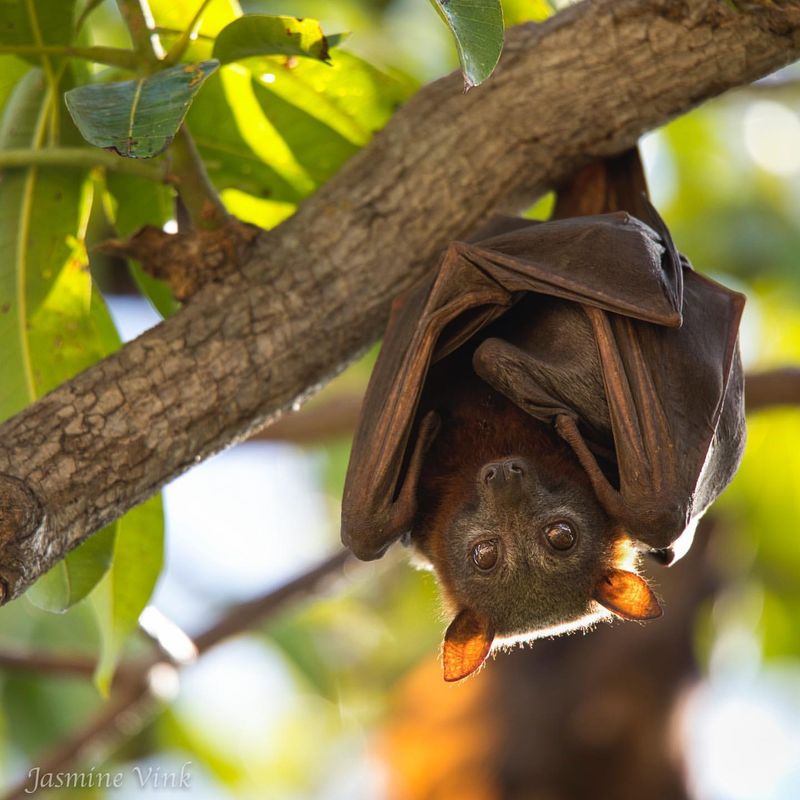
Actually a type of bat, this animal is renowned for its impressive wingspan, which can exceed five feet. Unlike other bats, it primarily feeds on fruits, making it a crucial pollinator and seed disperser. Found in the tropical regions of Asia, these creatures play an essential role in maintaining forest ecosystems.
Its keen sense of smell and sight aids in navigation and locating food, setting it apart from echolocating bats. During the day, flying foxes roost in large colonies, forming social structures that facilitate grooming and protection.
Flying foxes are vital to their habitat but face threats from habitat destruction and hunting. Conservation efforts are critical to preserving these magnificent mammals and ensuring the health of forest environments. Their contribution to biodiversity cannot be overstated, making them a key species in their ecosystem.
4. Humpback Whale
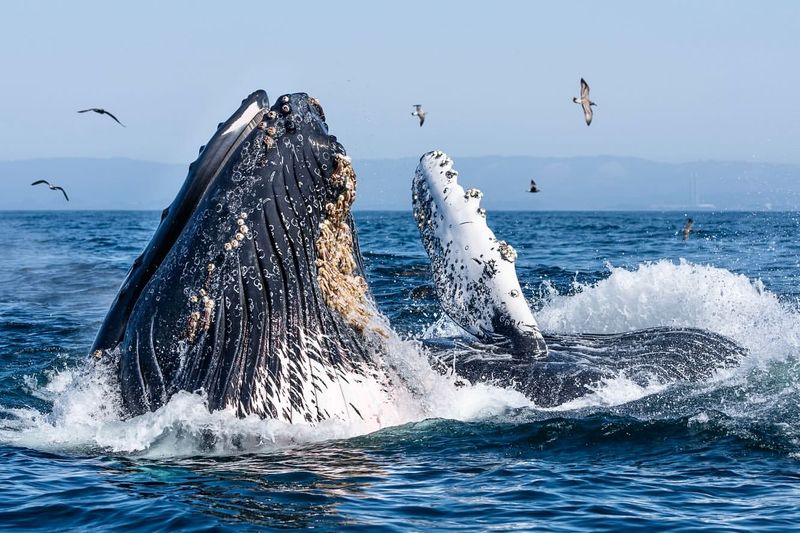
Humpback whales are giants of the sea with a flair for acrobatics. Known for their spectacular breaching behavior, these whales leap out of the water, creating breathtaking displays. Breaching may serve several purposes, including communication, dislodging parasites, or simple play.
Their complex songs, mainly sung by males during the breeding season, can travel vast distances across the ocean. These melodic patterns change over time, demonstrating cultural transmission among whale populations. Migration is another astonishing feat of the humpback whale.
Covering over 5,000 miles annually, they move between feeding grounds in colder waters and breeding areas in the tropics. This extensive migration ensures they exploit seasonal food resources and suitable breeding conditions, exemplifying their adaptability.
5. Echidna
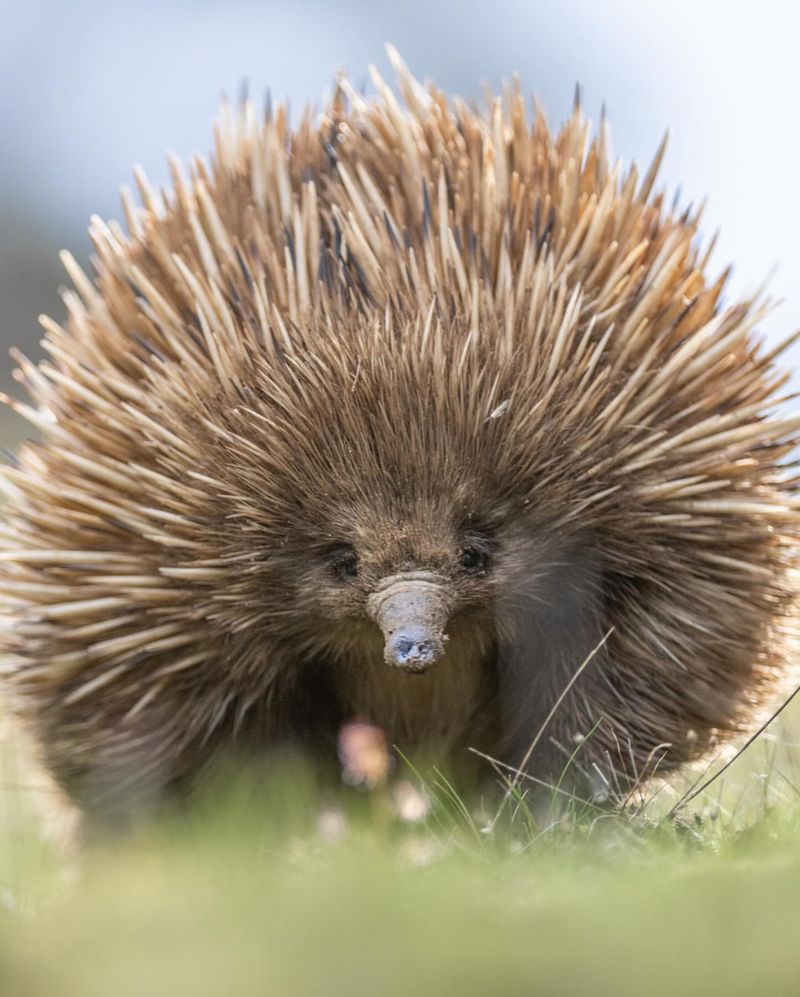
Often called the spiny anteater, this animal is a marvel of adaptation. Inhabiting Australia and New Guinea, it uses its long snout and sticky tongue to trawl for ants and termites. These adaptations allow it to access food sources that many predators cannot reach.
Covered in spines, the echidna deters potential threats. When threatened, it can curl into a tight ball, presenting its spiky exterior to any predator. This defense mechanism is highly effective in its natural habitat. Remarkably, the echidna is one of the few egg-laying mammals.
The female lays a single leathery egg, which she then incubates in her pouch until it hatches. The young, called a puggle, remains in the pouch until it develops spines, a journey of several weeks. These unique traits make the echidna a fascinating subject of biological study.
6. Chimpanzee
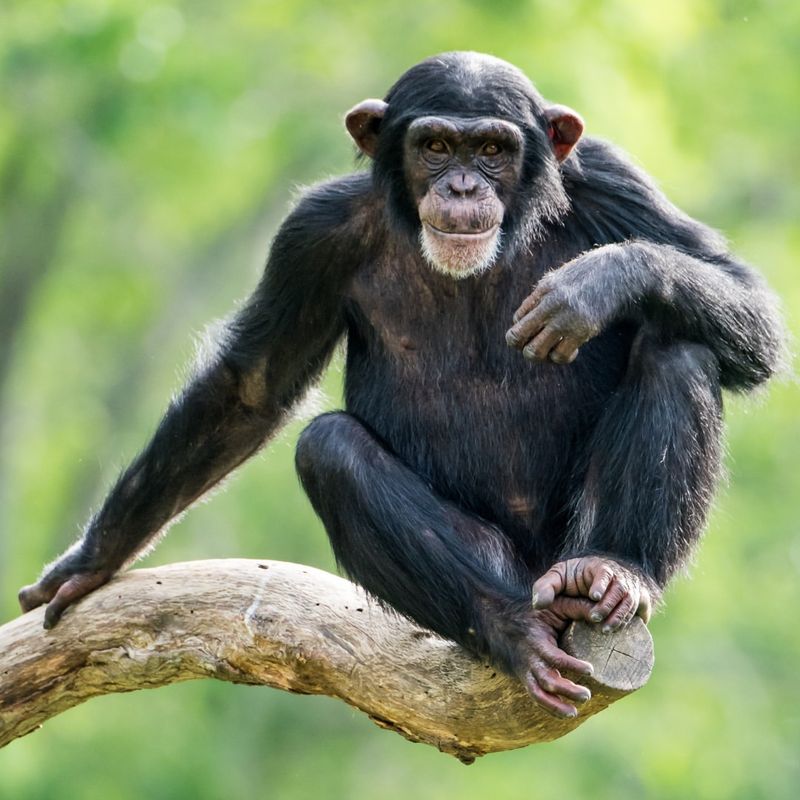
Chimpanzees are our closest genetic relatives, sharing approximately 98% of their DNA with humans. Their intelligence is evident in their sophisticated tool use and problem-solving abilities.
In the forests of Africa, chimpanzees utilize sticks to extract termites from mounds, showcasing their dexterity and cognitive skills. Social structures within chimpanzee communities are intricate, with established hierarchies and relationships.
Communication is achieved through a series of vocalizations, gestures, and facial expressions, facilitating cooperation and social bonding. Conservation efforts are crucial as habitat loss and poaching threaten their survival. By studying chimpanzees, we gain insights into our evolutionary past.
Protecting them and their habitat not only preserves biodiversity but also helps maintain ecological balance. Their survival is intertwined with broader environmental health, highlighting their importance in the natural world.
7. Dolphin

The masters of the sea! Known for their intelligence and playful nature. These marine mammals exhibit complex social behaviors and communication skills, often seen leaping joyfully from the water.
They use echolocation to hunt and navigate, emitting sound waves to detect objects and prey. Living in pods, dolphins have strong social bonds, often cooperating in hunting and providing care for young and sick members.
This social structure is crucial for survival in the vast oceanic environment. Their interactions with humans are well-documented, showcasing their curiosity and sociability. Dolphins are often involved in marine conservation efforts due to their role as indicators of ocean health.
Protecting them ensures the well-being of marine ecosystems, highlighting the importance of sustainable practices. Their charm and intelligence continue to intrigue scientists and the public alike.
8. Sloth
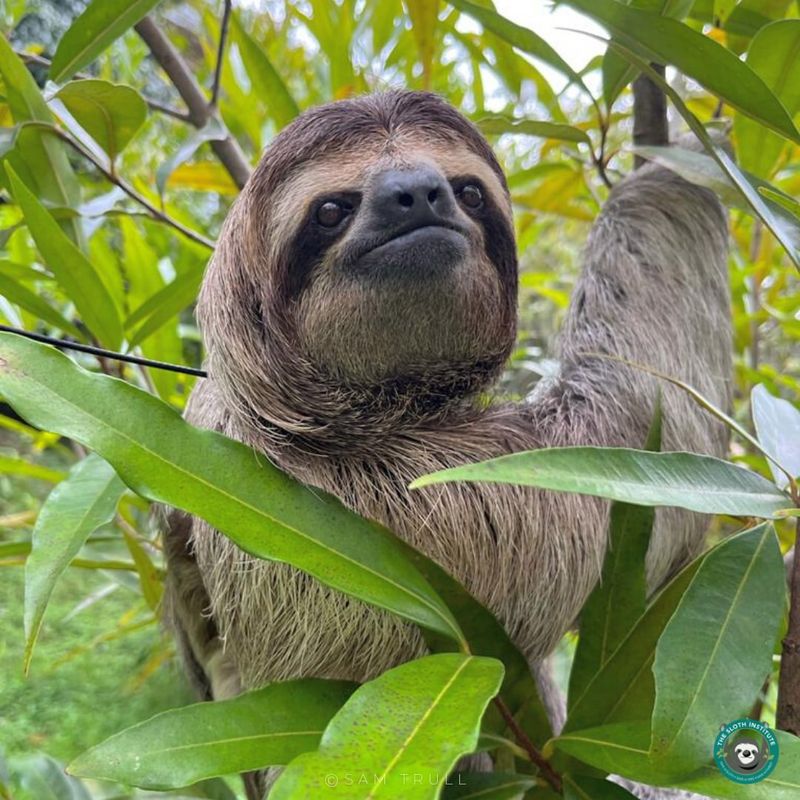
Inhabiting the rainforests of Central and South America, sloths spend most of their lives hanging upside down in trees. Their slow metabolism is perfectly suited to their diet of leaves, requiring minimal energy for digestion and movement. Algae grow on their fur, providing camouflage in the verdant canopy.
This symbiotic relationship benefits both the sloth and its ecosystem, offering habitat for insects and aiding in nutrient cycles. The sloth’s leisurely lifestyle is an evolutionary success, allowing it to conserve energy and avoid predators.
They descend to the ground infrequently, mainly for defecation, making them less vulnerable to ground-based threats. This unique adaptation has intrigued biologists and conservationists, highlighting the need to protect their habitats from deforestation and human encroachment.
9. African Elephant
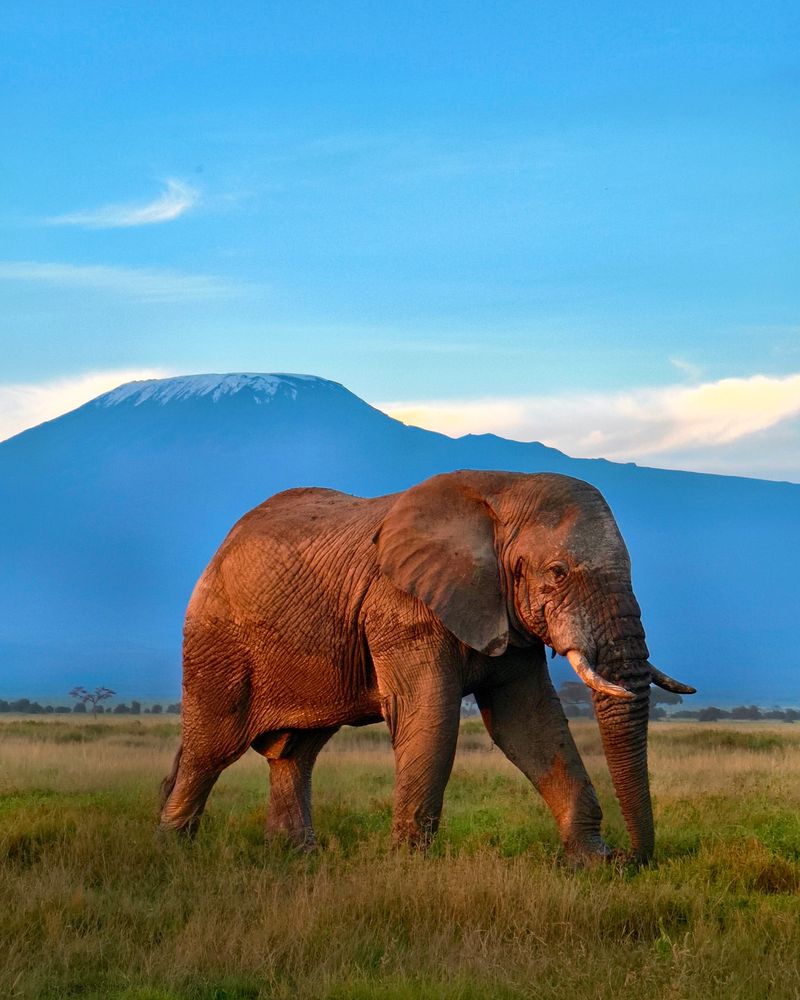
The largest land mammals out there are renowned for their intelligence and complex social structures. Their trunks are versatile tools, used for feeding, drinking, and social interactions. This remarkable appendage contains over 40,000 muscles, offering dexterity unmatched in the animal kingdom.
Elephants communicate through a range of vocalizations, including infrasound, which travels long distances. These calls strengthen family bonds and coordinate movements across vast terrains. Sadly, elephants face significant threats from poaching and habitat loss.
Conservation efforts focus on protecting these majestic creatures and their environments. Their role as ecosystem engineers, notably in seed dispersal and landscape modification, underscores their ecological importance.
Preserving elephant populations is vital for biodiversity and environmental health, showcasing the interconnectedness of all living species.
10. Orangutan

Orangutans, the gentle giants of the forest, captivate with their intelligence and arboreal lifestyle. Native to the rainforests of Borneo and Sumatra, they spend most of their lives in trees, using their long arms to navigate the canopy.
This adaptation allows them to forage efficiently while avoiding ground-based threats. Their diet primarily consists of fruits, making them vital for seed dispersal. This ecological role is crucial for forest regeneration and biodiversity. However, orangutans face severe threats from habitat destruction and illegal wildlife trade. Sadly, this led them to the brink of extinction.
Conservation initiatives aim to protect these primates and their shrinking habitats. By safeguarding orangutans, we preserve the intricate web of life within these tropical ecosystems. Their plight highlights the urgent need for sustainable development and conservation practices globally.
11. Pangolin
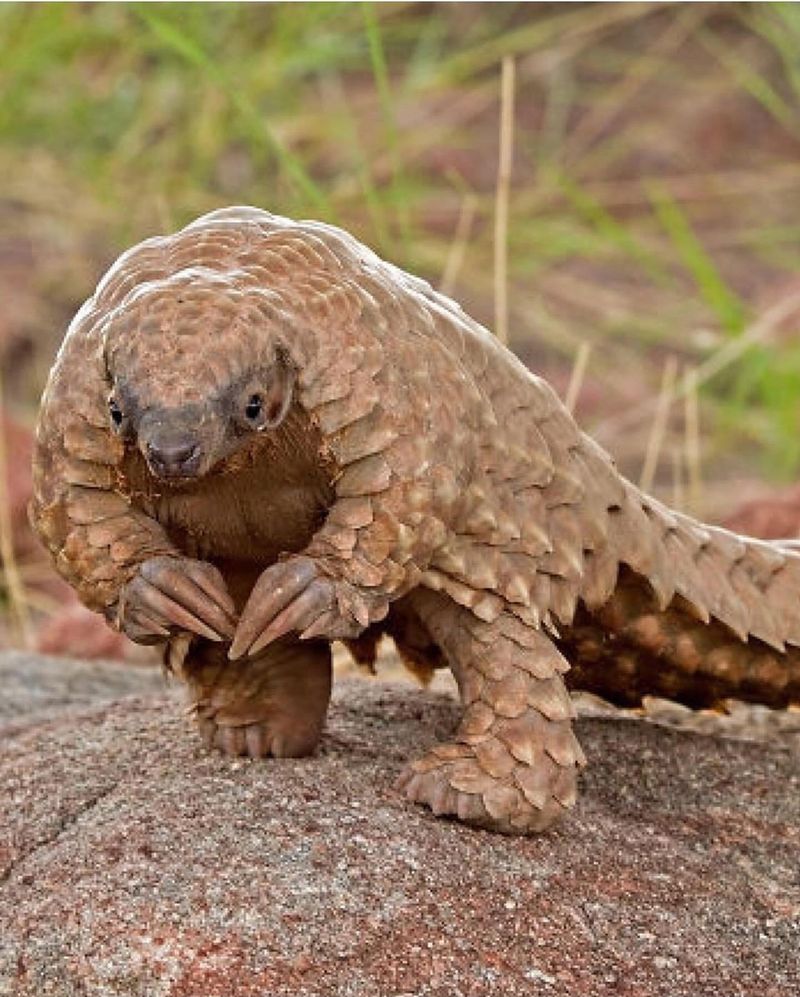
When threatened, the pangolin curls into a tight ball, using its scales as armor against predators. This defense mechanism is highly effective, but sadly, it has not protected them from humans. Pangolins are the most trafficked mammals worldwide, largely due to demand for their scales and meat.
Efforts to curb illegal trade are crucial for their survival. These solitary creatures primarily feed on ants and termites, using their long, sticky tongues to extract prey from nests.
Their role in controlling insect populations is vital, contributing to ecological balance. Conservation programs focus on habitat preservation and anti-trafficking measures, emphasizing the need for global cooperation.
12. Fruit Bat
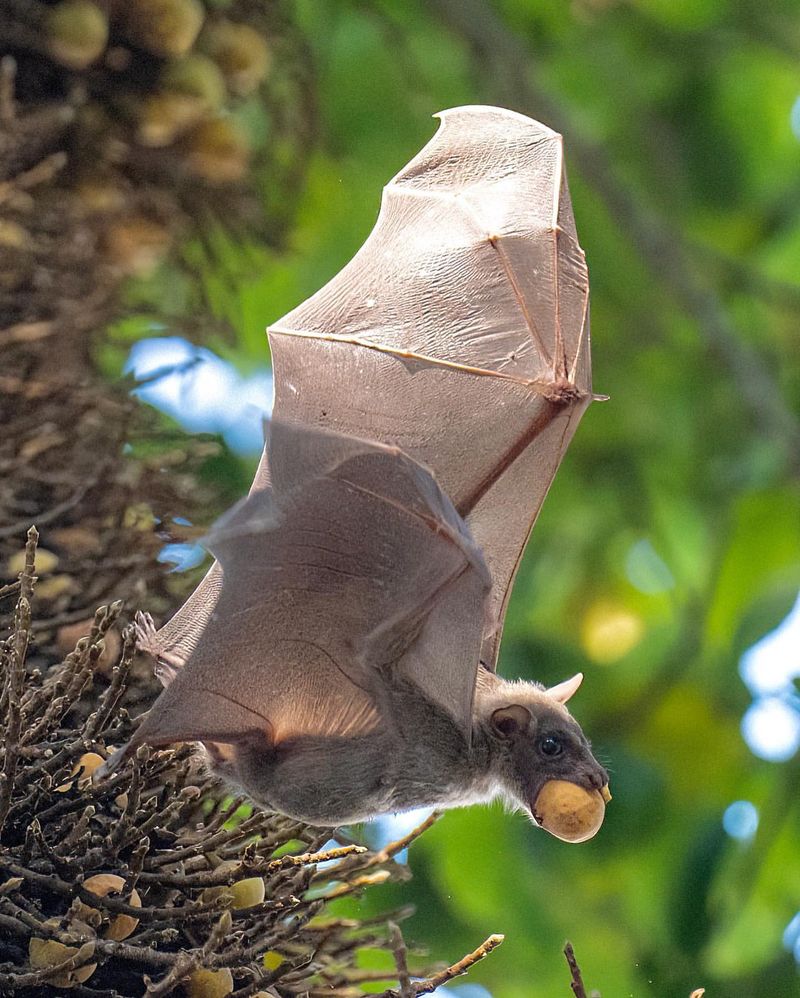
Fruit bats navigate using their excellent eyesight and sense of smell. Unlike their insectivorous cousins, fruit bats do not rely on echolocation, favoring fruits and nectar instead. Their feeding habits aid in seed dispersal, fostering forest growth and regeneration.
This ecological service is indispensable, especially in disturbed habitats. Despite their importance, fruit bats face threats from habitat destruction and hunting. Conservation efforts aim to protect these vital mammals and the ecosystems they support.
By safeguarding fruit bats, we ensure the health and diversity of tropical forests. Their survival is intricately linked to the well-being of countless other species, highlighting the interconnectedness of our planet’s ecosystems.
13. Armadillo
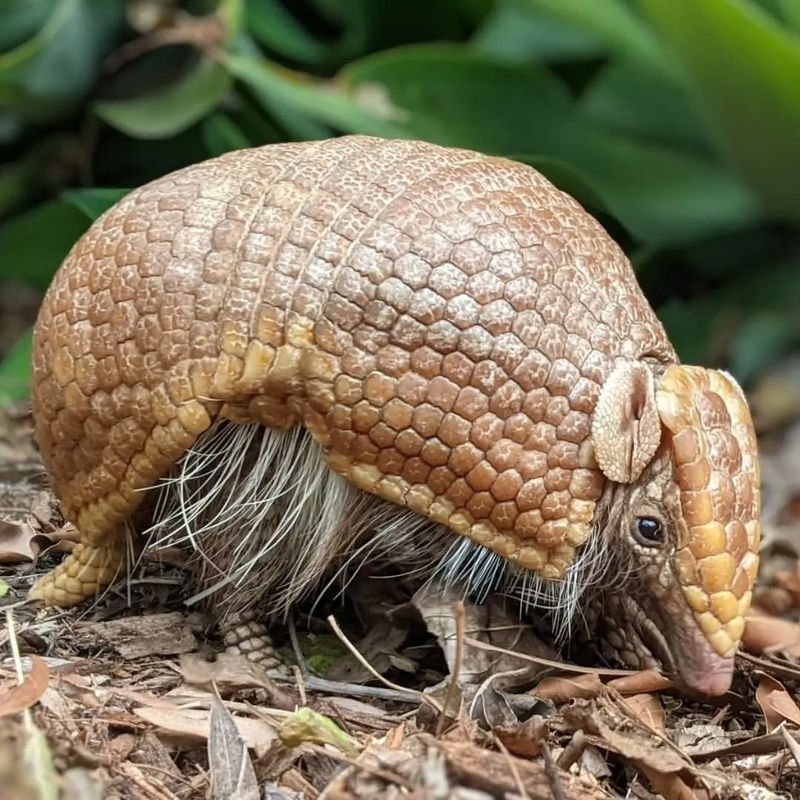
Armadillos are fascinating creatures, well-known for their armored shells. This unique adaptation provides protection against predators, allowing them to roll into a ball when threatened. Their shells consist of bony plates, offering a formidable defense.
Inhabitants of the Americas, armadillos have adapted to a variety of habitats, from rainforests to deserts. Their diet includes insects, small vertebrates, and plant matter, showcasing their opportunistic feeding habits. Armadillos are also known for their digging abilities. They burrow to create shelters and search for food, contributing to soil aeration and nutrient cycling.
While not endangered, some species face threats from habitat loss and hunting. Conservation measures focus on habitat preservation and sustainable land-use practices. Protecting these unique mammals ensures the continuity of their ecological roles, showcasing the richness of biodiversity.
14. Snow Leopard
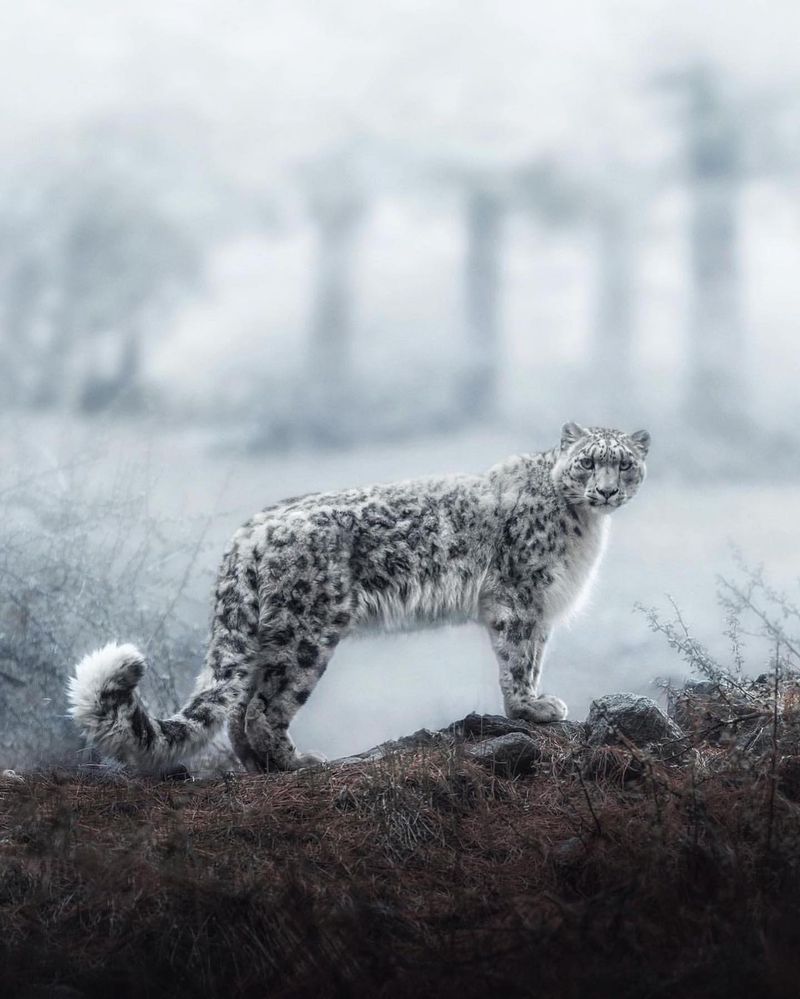
These elusive big cats perfectly adapted to the rugged mountains of Central Asia. Their thick fur and long tail provide warmth and balance, essential for survival in harsh conditions. These solitary predators are masters of camouflage, blending seamlessly with their rocky surroundings.
They prey on mountain goats and sheep, playing a critical role in maintaining ecosystem balance. Snow leopards are apex predators, influencing the population dynamics of their prey and other species within their range. Unfortunately, they face threats from habitat loss and poaching.
Conservation efforts focus on habitat protection and conflict resolution with local communities. By preserving snow leopards, we safeguard the health of high-altitude ecosystems. Their survival is a testament to the resilience of nature and the importance of global conservation initiatives.

